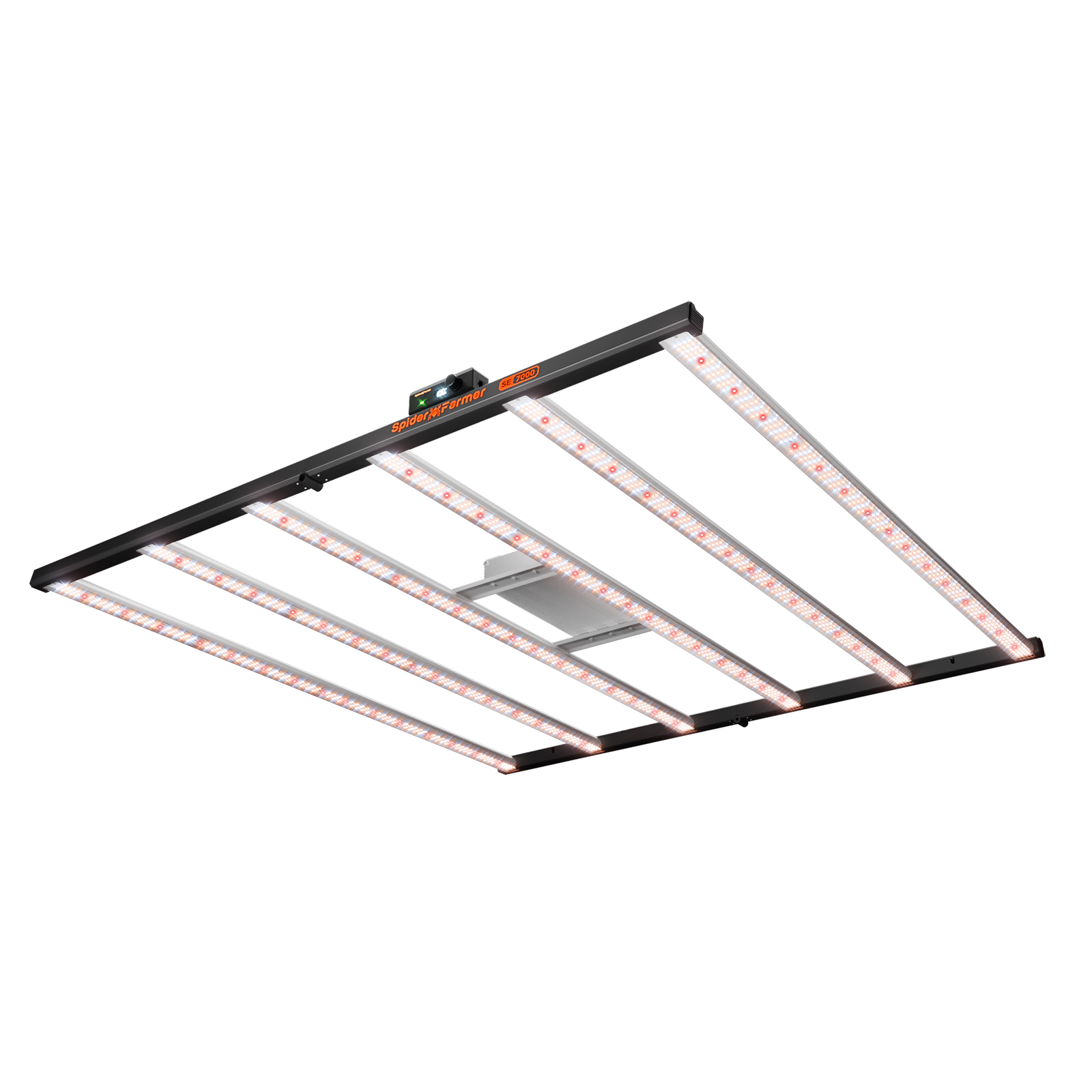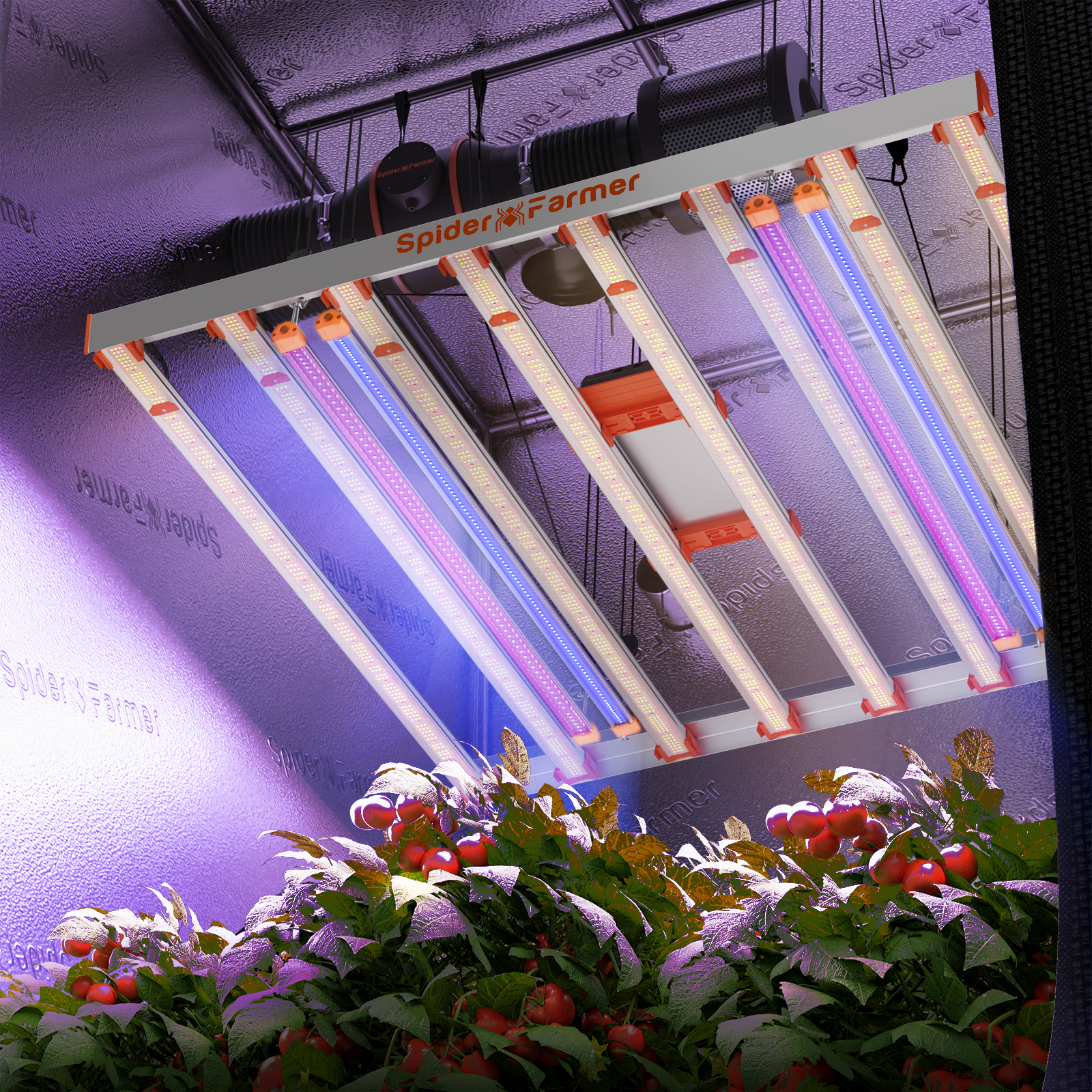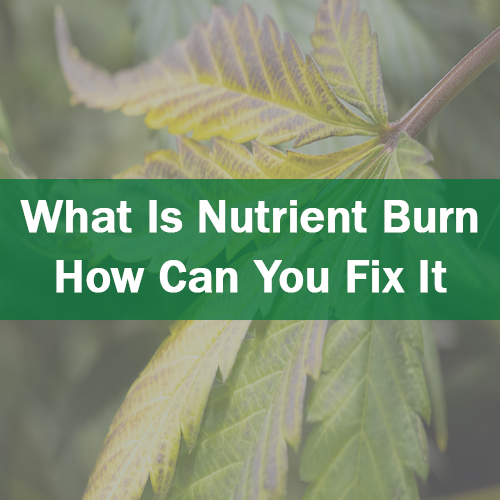If you are a new grower, then you should be mindful that this is an issue you will most likely face. Nutrient burn is something that can happen to everyone. However, there is one particular reason that leads to it, and it is the issue of overfeeding your plants.
It doesn’t sound that weird once you think about it – your plants enjoy a certain amount of nutrients, and giving it more than they need can make them grow uncontrollably. When this happens, and you keep overfeeding them, you may end up with a plant that has barely any life left. You will end up with a burned plant.
This is why we are dissecting the subject of nutrient burn, the symptoms, and how to solve it in the best possible way. So stay tuned and find out!
Nutrient Burn – What Is It and How Can You Recognize It?
Nutrient burn is a common case where growers give their plants too many nutrients and do that in a regulated environment. In short, plants cannot get rid of all the extra nutrients since they don’t have the space to do that, so this situation leads to the damage of leaves and roots. Thus, they become rotten and unable to process more nutrients.
How can you recognize it? In those cases where leaf burns damage happens, the overall surface of photosynthesis shrinks. This gives the plant much less surface. As one thing leads to another, after a short while, the plant will start producing less glucose than is required for optimal growth. That is why farmers and growers check for nutrient burn or deficiency. Leaving the plants unchecked can create a situation where the leaves start falling off, and you end up being faced with a plant that is dying.
In any case, it is important to address this issue immediately after you notice it. With some plants, you should address this as soon as possible to protect the crops. No matter what you do with other plants, you may end up with a plant with a decreased nutritional value due to nutrient burn.
If you are asking yourself how to fix nutrient burn, we got you covered for that bit too!

What Are the Nutrient Burn Symptoms and What Should You Watch Out for?
Before the burning, a few indicators can show you are about to deal with nutrient burn or deficiency. Some of them include the following:
- The tips of the leaves are bent at a 90-degree angle.
- The tips of the leaves become bright green; they even feel like they are fluorescent.
- The leaves become deep green.
- The branches and the stalks become purple, magenta, or red.
- Some of the tips of the leaves become yellow, and they start dying off.
Any type of nutrient burn or overdose will result in the same symptoms. Depending on the severity of the burn, they may develop faster and, in some cases, slower.
Naturally, you should get a jump start on it and do what’s best for the plants, so below, you can find how to fix nutrient burn.
Several Ways How You Can Fix Nutrient Burn
The good news is that most plants can recover from it over time. Once you want to discover how to fix nutrient burn and you go deeper into the subject, you will notice that there are plenty of options. Before you begin, all you need to know is to assess the severity of the situation first. Of course, plants that have been exposed for a shorter period have a higher chance of recovery, while others do not. If you haven’t checked your plants in a while, this might be the best time to do it. See their stage and eliminate the possibility of killing them with a nutrient burn.
As we mentioned, there are many ways you can solve nutrient burn. Let’s take a look at some of the best options:
· When returning to regular feeding, use only a fourth of the strength if you want to avoid burning again. This is how your plants will remain healthy and will start growing like crazy! All you need to do is have an adjustment period. Dedicate as much time as you need depending on the lost time the plants had while they were ill.
· Set up a good watering system. The advantage, in this case, is that you will most likely opt for a hydro system for growth where you can entirely swap an entire water medium within seconds. The best thing about it is that if you notice too much water in it, you can change it for something that contains fewer nutrients and has the best pH level for your plants.
· Prevention of burns altogether. This sounds like an excellent idea in theory, but in practice, it needs a lot of time, attention, and nerve. By developing some good habits, you can prevent nutrient burns from happening in the first place. When it comes to nutrient management and distribution, try to use at least a fourth of whatever is on the package. Sometimes manufacturers leave some space for errors, but that does not mean it should happen to you.
· There is a feeding chart you can use too! Different plants have different reactions to different nutrients, so this is where you need to get a little more specific. Use the feeding charts to know which plants should receive nutrients, what nutrients, and how much. It is an excellent way to avoid burning your plants by overfeeding.
Taking care of a plant that has been overfed can be a difficult thing. Nutrient burn is real – the sooner you realize that, the better! So, investigate a little deeper into the subject and see what your plants like and need. Doing this will ensure they will lead a long and healthy life.
If you thought this was an interesting subject, wait till you see what we have in store for you! Keep on reading our blog and discover our shop.













